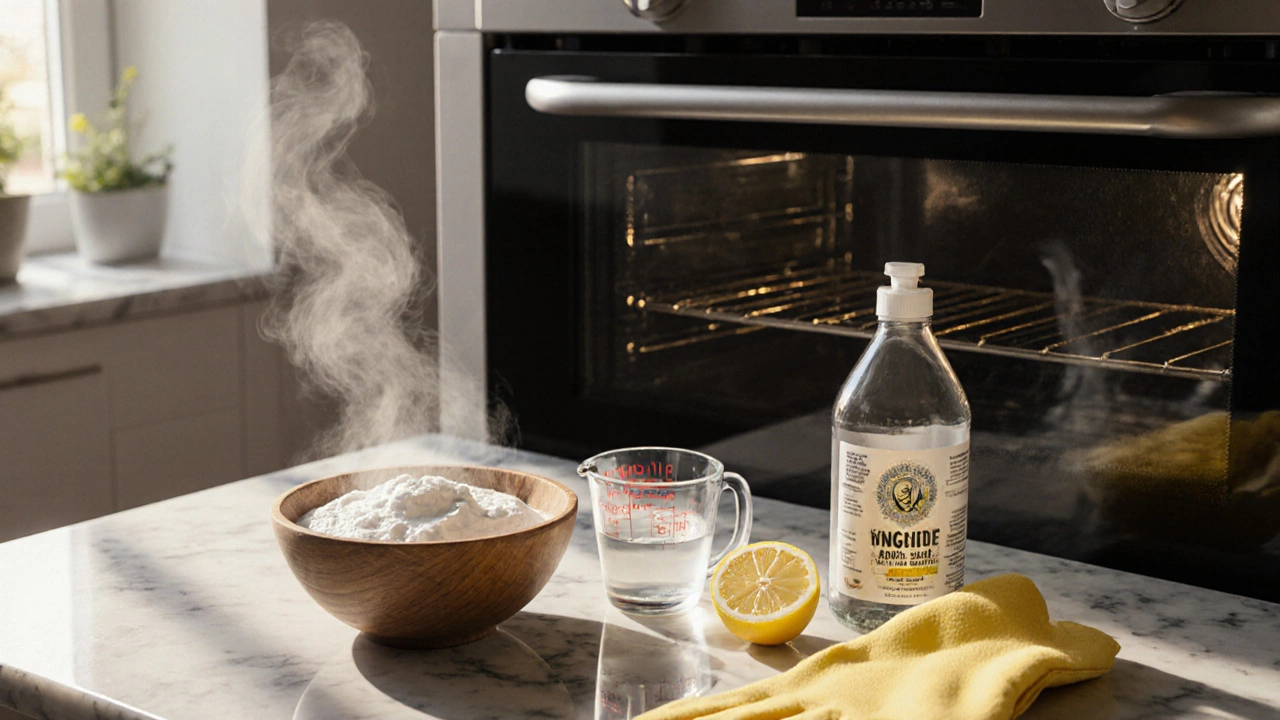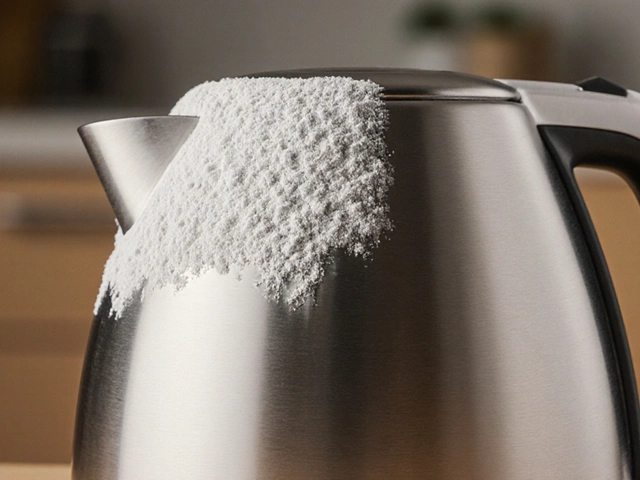Oven Cleaning Tips: Simple Ways to Keep Your Kitchen Fresh
When tackling oven cleaning, the process of removing grease, food residue, and burnt marks from an oven’s interior and exterior. Also known as oven maintenance, it helps your appliance run efficiently and prevents unwanted odors. These oven cleaning tips will save you time, money, and the hassle of a smelly kitchen.
One of the biggest hurdles is grease removal, breaking down the sticky, carbon‑filled film that builds up after every bake. It’s a core part of any cleaning routine because stubborn grease can turn a hot oven into a fire risk. If you prefer a greener approach, look at eco‑friendly cleaning, using non‑toxic ingredients like vinegar, baking soda, or plant‑based detergents to dissolve grime without harsh chemicals. For those with self‑cleaning models, the self‑cleaning oven, a feature that uses high heat to ash away residues, reducing manual scrubbing can be a game‑changer, but it still needs a quick wipe‑down to keep the door and racks clean. Together, these three pieces—grease removal, eco‑friendly products, and self‑cleaning tech—form the backbone of effective oven upkeep.
Here’s how the pieces fit together. Oven cleaning encompasses grease removal, meaning any method you choose must attack that thick film. Eco‑friendly cleaning requires non‑toxic ingredients, so reach for a mix of equal parts water and white vinegar, then sprinkle baking soda on stubborn spots before spraying the vinegar to create a fizzing reaction that lifts grime. Kitchen hygiene benefits from regular oven maintenance because a clean oven stops smoke, reduces fire hazards, and keeps food tasting pure. A quick weekly wipe‑down with a damp cloth prevents buildup, while a deeper monthly scrub—using a paste of baking soda and a few drops of dish soap—breaks down baked‑on messes. Always let the oven cool, remove racks, and soak them in warm, soapy water; a soft scrub brush will finish the job without scratching the coating.
Common Mistakes & Pro Tricks
People often reach for abrasive powders or steel wool, assuming the tougher the tool, the cleaner the oven. That’s a misconception; harsh abrasives can damage the enamel and leave micro‑scratches that trap more grease later. Instead, use a soft nylon scrub pad or a non‑scratch sponge. Another slip‑up is skipping the door gasket—this rubber seal collects crumbs and spills, turning into a hidden source of odor. Wipe it gently with a vinegar‑dampened cloth and check for cracks; replace if needed. If you own a self‑cleaning oven, remember the high‑heat cycle creates a lot of smoke; open windows and run a fan to clear the air. Finally, never mix bleach with vinegar; the chemical reaction releases dangerous gases.
Armed with these practical pointers, you’re ready to dive into the collection below. You’ll find step‑by‑step guides for a fast shine using Dawn and vinegar, a full‑scale deep clean for ovens that haven’t seen a brush in years, and plenty of extra tips to keep your kitchen smelling fresh and operating safely. Browse the posts and pick the method that matches your schedule and your oven’s needs.






